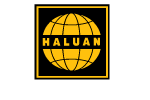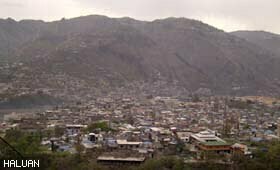
Tracing HALUAN’s Post-2005 Pakistan Earthquake Mission; Part 5 – The Epicentre Story of Azad Kashmir
MUZAFFARABAD, PAKISTAN Mar 28, 2012 – It wasn’t a pretty sight. Over 35,000 dead and a stench hanging in the air as bodies crushed under rubbles and boulders could not all be extricated fast enough. Amidst the chaos stood an organisation that raced against time.
Sheikh Aqeel-us-Rahman recalled those grueling moments when members of his Jamaat Islami poured into Muzaffarabad City in Azad Kashmir. The city was the epicentre of the 2005 Kashmir earthquake which occurred on October 8, 2005 with a deadly magnitude of 7.6 and causing over 85,000 deaths throughout the fault line.
It was winter, it was cold but thousands upon thousands of its members came forth to help. The city suffered the highest death rate amongst all others. Sheikh Aqeel as the Deputy Head of Jamaat Islami for Azad Kashmir recalled that together with its sister humanitarian outfit the Jamaat Al-Khidmat Foundation, some 100,000 volunteers from as far as Karachi converged onto the city to help over a period of time. Over a billion Pakistani rupees were spent for the victims.
“We constructed tent villages for them and provided cooked food and stoves. The harsh weather was a hurdle but we persevered. Those whose houses could be repaired were repaired. Clothes, blankets, medicines; we were covering from all angles as much as possible. Our sister organization the Pakistan Islamic Medical Association (PIMA) provided medical care,” he told the expedition team that visited Muzaffarabad in tracing the path taken by HALUAN seven years ago.
HALUAN sent in its recce scouts to this city, comprising a doctor and two team members, and noticed that the outpouring of services were already good, thanks to the Jamaati Islami and Al-Khidmat whose relentless efforts became a huge success. The ensuing report asked that HALUAN go to Battagram District which was not getting enough medical attention.
Sheikh Aqeel said the volunteers raised the donations, sourced the supplies, arranged logistics, improved sanitation, gave medical attention and prepared food for the victims. “Above all, we injected spirituality in all our activities in all situations. No amount of aid would be enough if one is not close to his Creator,” he emphasised.
In all, Jamaati reconstructed 1,200 masjids big and small through the donations it received. It sent over ustazs and ustazahs to teach the victims, many of whom were illiterate peasant farmers tilling off the fertile land and rearing livestocks. Pakistan’s literacy rate is only about 35% with a majority concentrated in the developed centres. With an estimated population of almost a million today, and it being close to the disputed territory of Jammu Kashmir under Indian rule, the quick reconstruction of Muzaffarabad became a political and military necessity.
“But let me say our sincere thanks to HALUAN for having sent its teams over during those times we needed all the help we could garner from our Muslim brothers. Your contributions would have made its mark in the places you served. Today we welcome you again and hope that there will be more collaboration between us in future. And give my salaam to your members back home,” said the Sheikh.
Asked about the transformation of Muzaffarabad after seven years of the deadly quake, Sheikh Aqeel lamented that the city is still undergoing reconstruction. The rehabilitation process was sluggish which he blamed on the Federal and local governments as being non-committed entities.
“In fact I could say the NGOs did a far better job at rehab than the government. The government and NGOs of Turkey for instance were very helpful in putting us back on our feet. So were government and organisations from countries such as Japan, Korea, Saudia Arabia, Kuwait, Malaysia and others. Our government instead focused on its own facilities like schools, government offices and roadworks obviously for specific reasons. To this day the people were not served and a majority has had to rebuild on their own with no support whatsoever from the government of the day. It’s such a sad case for Pakistan. We know the financial aid were plenty but it never trickled in to us,” he expressed.
Together with its sister organizations, the Jamaati reconstructed old and new masjids and improved water supplies to the people giving them safe, potable water. Service with spirituality seemed to be the calling of this organisation. Much akin to HALUAN.
Picturesque Muzaffarabad is the capital of Azad Kashmir, Pakistan measuring 6,117 sq km and 3,000m above sea level. It is located in Muzaffarabad District on the banks of the Jhelum and Neelum rivers. The view from uphill as one nears this city was simply breathtaking. The entire city looked like a fairytale kingdom with swift flowing rivers running through it cradled by lofty mountains some of which still had snow caps. What a sight to behold. And such a sight to beware as it remains the epicentre of an earthquake.
The name “Muzaffarabad” means Muzaffar’s Town taken from the name of Sultan Khan Muzaffar Khan who was a Muslim ruler of Khandan-e-Bomba in the 1600s. The disaster destroyed over 50% of the buildings in the city including most of the official buildings and is estimated to have killed up to 85,000 people in the Pakistani-controlled areas of Kashmir, alone. Many deaths especially in the outskirts and mountain slopes were not accounted for.
Bro. Y writes from Muzaffarabad, Pakistan
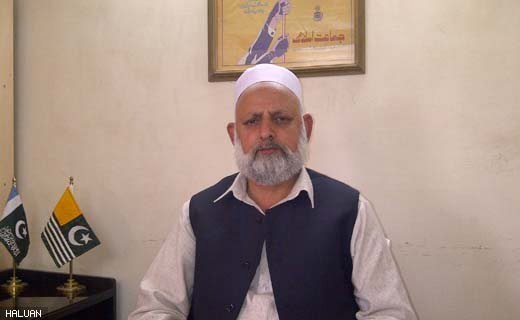
Sheikh Aqeel-us-Rahman 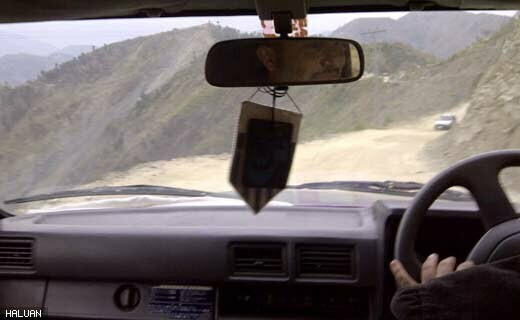
Only highly skilled drivers hired here to avoid plunging into deep ravines some 200 metres deep 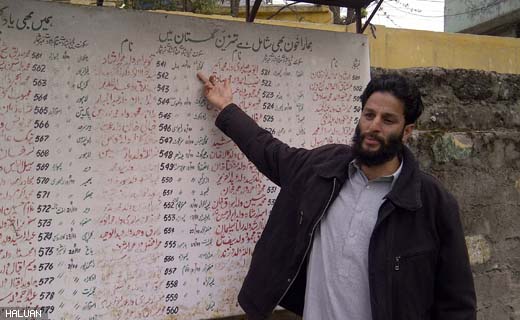
Names of hundreds of martyrs of the war with India over custody of Kashmir displayed at Muzaffarabad’s Jamaati Islami office compound 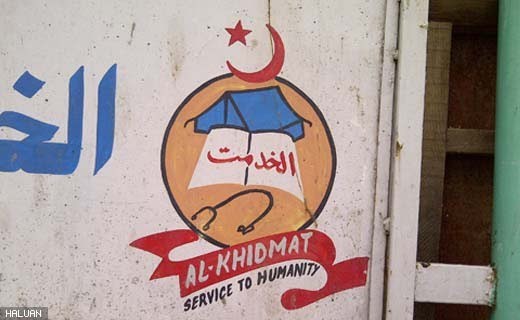
Jamaati Al-Khidmat Foundation played significant role in rehabilitation 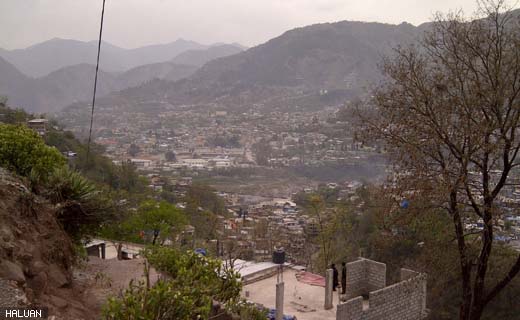
Hilltop view of Muzaffarabad 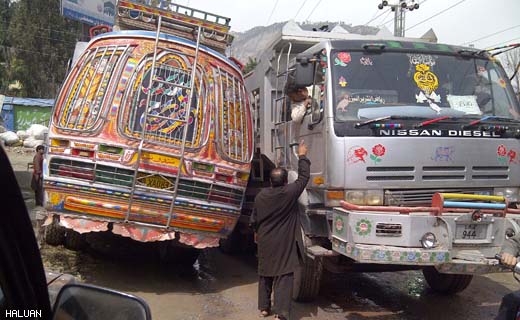
Too many vehicles and poor roadworks in Muzaffarabad


